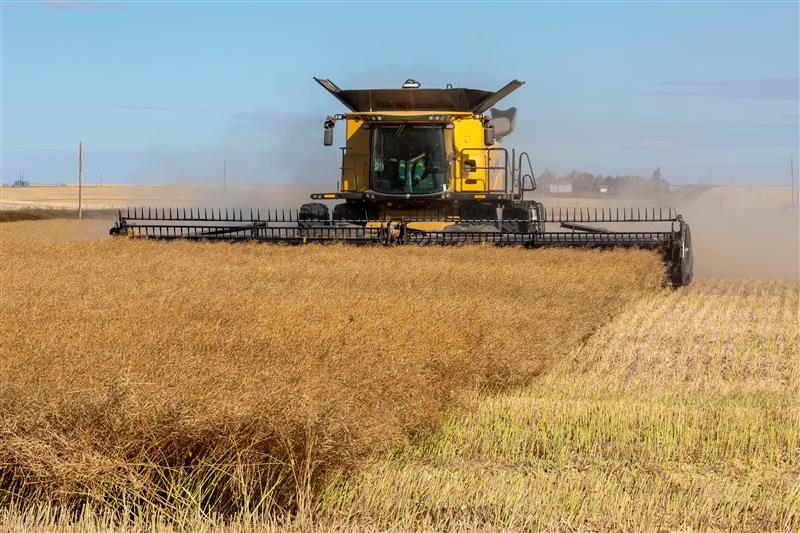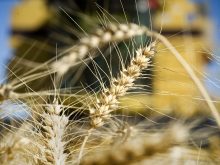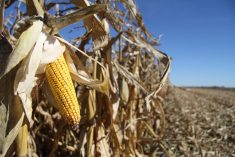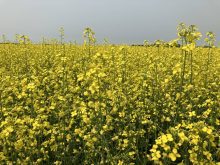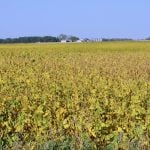Fed cattle prices dip
Fed cattle traded $2.50-$3 per hundredweight lower last week, said Canfax.
The market struggled from the start. Packers seem well supplied and interested in pushing the price lower, while feedlots were reluctant to sell at the lower prices because they had sold large volumes last week. Fewer than 30,000 head traded, down from 37,000 the week before but similar to two weeks ago.
American buyers also bid lower by about $2 per cwt. dressed and bought a similar number of cattle as the week before. The higher Canadian dollar late in the week softened the impact of the American price.
Read Also
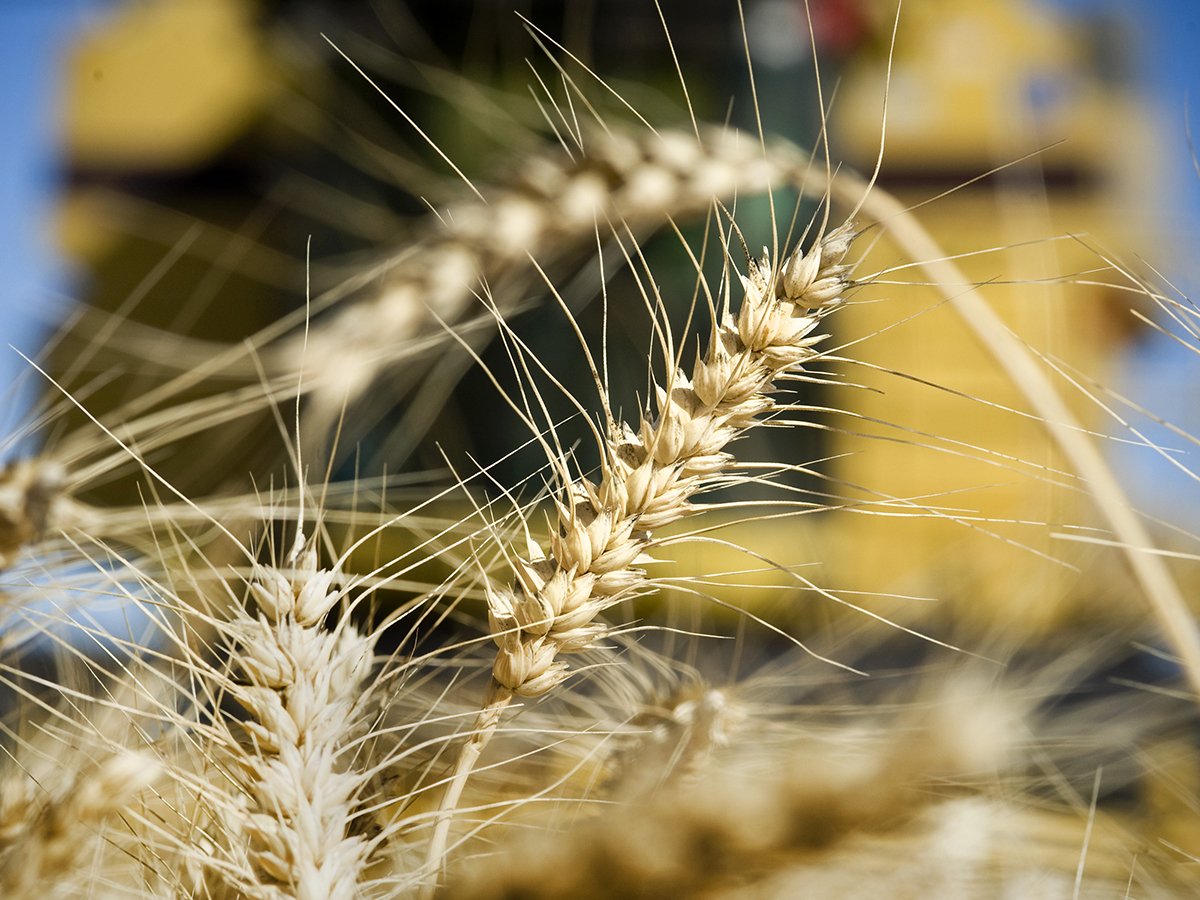
European wheat production makes big recovery
EU crop prospects are vastly improved, which could mean fewer canola and durum imports from Canada.
Alberta prices Aug. 11 were steers $81.75-$84.35, flat rail $138-$141 and heifers $82.25-$84.35.
Canfax said the small trade last week might pressure packers to bid more actively this week.
Feedlots will continue to use the U.S. market to establish the floor bid for local bids. A lower price trend in the United States will be reflected in Canada.
Feeder markets stronger
Feeder cattle were $1-$4 per cwt. higher.
More buyers helped firm prices across the board even though volumes at Alberta auction markets increased 30 percent from the week before.
About 21,000 head traded, 69 percent more than a year ago.
Steers 500-700 pounds were 50 cents-$1 higher, while 700-800 lb. traded $2 higher. Heavy yearlings were the newsmakers as steers 800-900 lb. rose $4.25 with tops up to $125.50 per cwt. and 900 lb. and heavier steers up $4 with tops up to $121.
Heifers followed suit as 500-800 lb. were $1.50-$2.75 higher and 800-900 lb. and heavier rose $4-$4.25.
D1, 2 cows and butcher bulls backed off slightly, but are expected to stabilize until larger volumes move to market.
These prices are expected to entice grass cattle to move and so volumes through auction markets are expected to continue increasing. Good demand is anticipated.
Stock bred cows and heifers in northern Alberta were $450-$725. Cow-calf pairs were mostly $700-$1,200.
Cattle on feed
Cattle on feed in Alberta and Saskatchewan on Aug. 1 totalled slightly more than 710,000 head, up 17 percent from the same month last year.
Placements in July were 49 percent larger than last year, which made them more comparable with placements in 2000 and 2001.
Beef price rise
Another healthy improvement in the U.S. cutout saw the Choice rise $4.75 US and the Select rise $5.60, putting them back where they were in early July. This will help packer margins.
The big bounce up in the Canadian dollar late last week put Canadian cutouts at a premium to the U.S.
Canadian kills have been down lately with about 62,000 head processed in the first week of August. The pipeline should be fairly clean at these kill levels, Canfax said.
Labour Day weekend sales usually support the market at this time in August. The Calgary wholesale for delivery this week was $143-$145 Cdn, down $3-$5.
Hog prices weaken
American hog prices fell last week as the weather cooled and more hogs went to market. The recent U.S. heat wave has slowed weight gain and delayed deliveries, but now more hogs are reaching market weight.
The Iowa-southern Minnesota cash hog price Aug. 12 was $49, down from $50.50 the week before.
Pork prices also fell last week.
The composite pork carcass cut-out value Aug. 12 was $72.72, down from the peak of $73.46 on Aug. 8 and $72.99 Aug. 5.
The Chicago lean hog futures market reflected traders’ concerns that a seasonal increase in marketings in the near future will pressure cash prices lower. Traders are also wondering if cases of avian flu and other livestock diseases in Asia will increase export demand for American pork.
Sheep firm
Ontario Stockyards reported 2,141 sheep and lambs and 162 goats traded last week. All classes of lambs sold barely steady to lower. Sheep and goats held firm.

